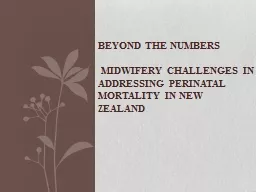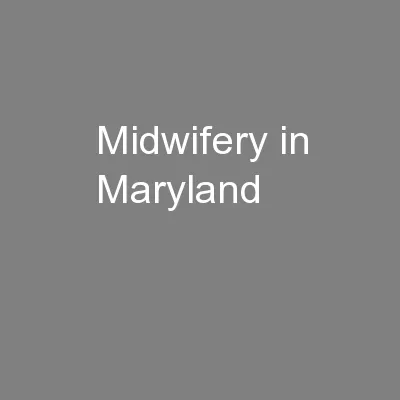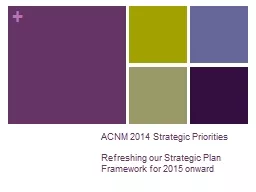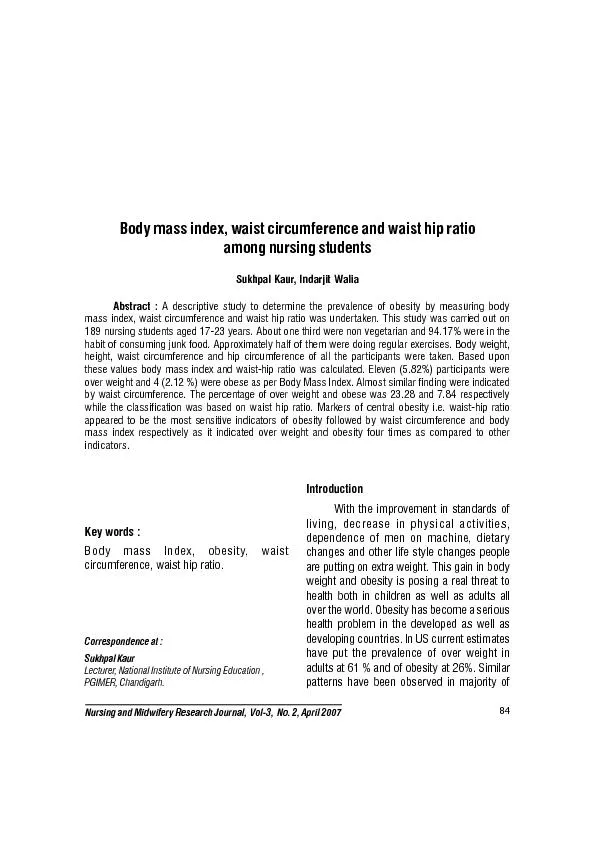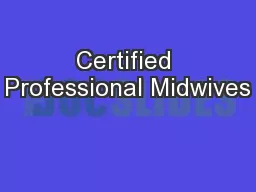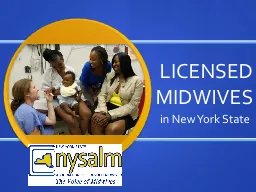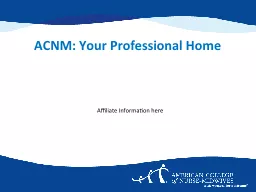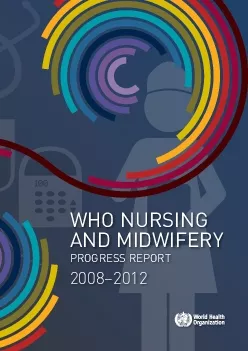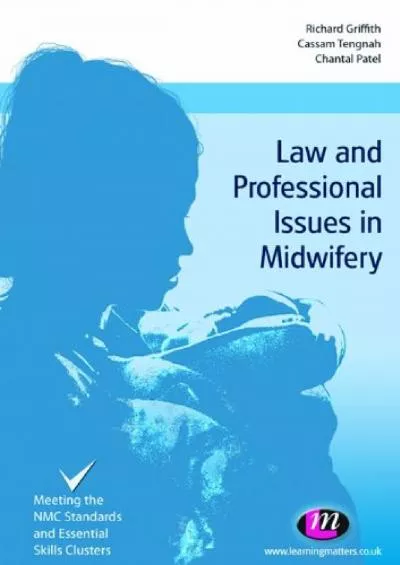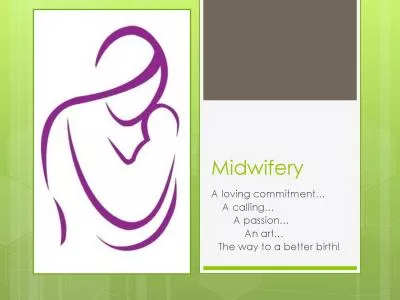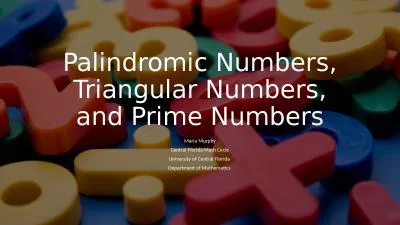PPT-Beyond the Numbers Midwifery
Author : scarlett | Published Date : 2021-01-28
challenges in addressing perinatal mortality in New Zealand Perinatal related mortality rates Our Perinatal Mortality rates similar to UK NZ rate not increased
Presentation Embed Code
Download Presentation
Download Presentation The PPT/PDF document "Beyond the Numbers Midwifery" is the property of its rightful owner. Permission is granted to download and print the materials on this website for personal, non-commercial use only, and to display it on your personal computer provided you do not modify the materials and that you retain all copyright notices contained in the materials. By downloading content from our website, you accept the terms of this agreement.
Beyond the Numbers Midwifery: Transcript
Download Rules Of Document
"Beyond the Numbers Midwifery"The content belongs to its owner. You may download and print it for personal use, without modification, and keep all copyright notices. By downloading, you agree to these terms.
Related Documents

